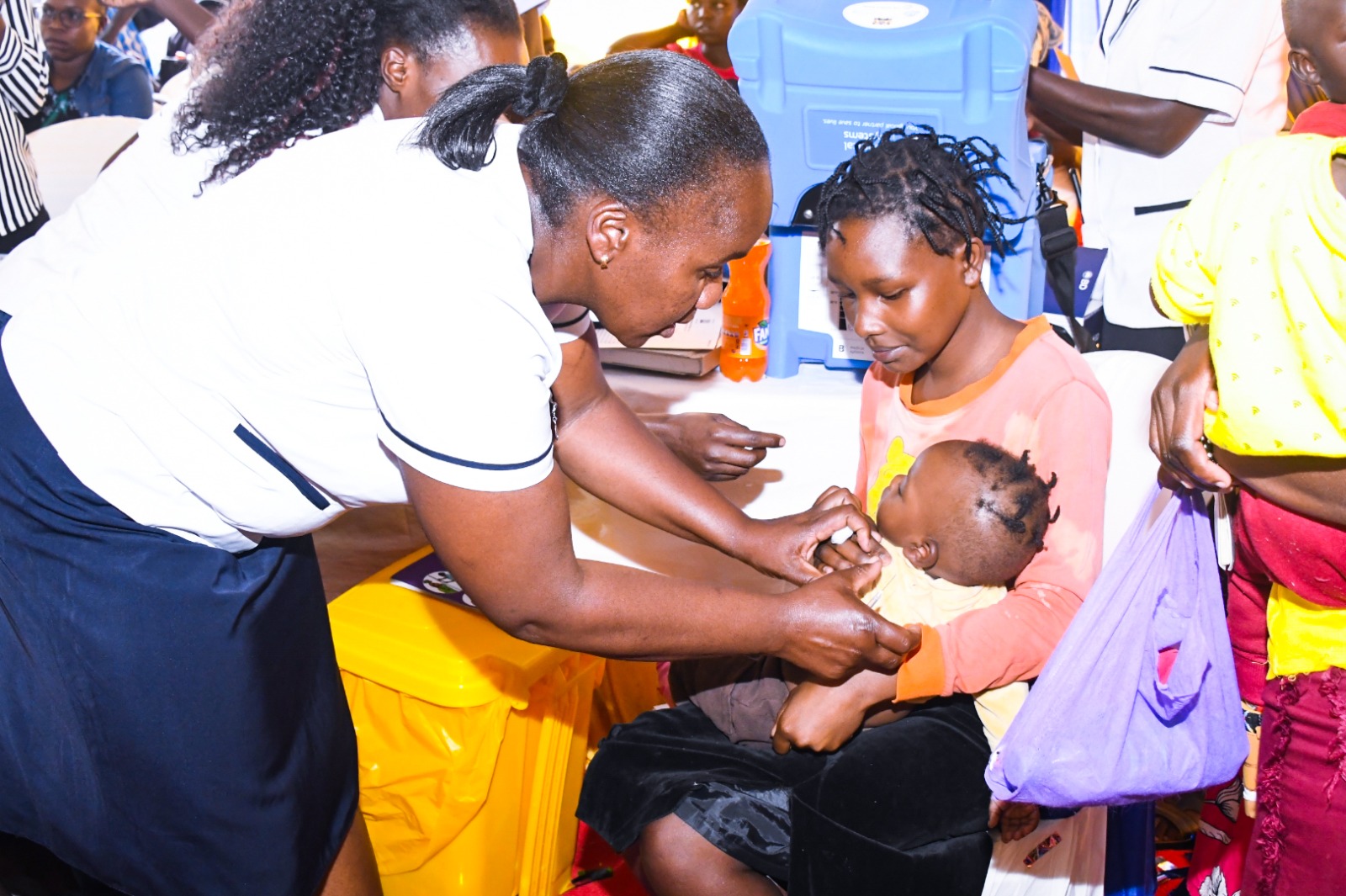Blogs

By Henry Neondo
A study published in the latest edition of the BMJ, a leading health journal, commends the governments of Kenya and Ethiopia for their comprehensive actions during the COVID-19 pandemic to maintain childhood immunization coverage amid significant disruptions to healthcare services.
Conducted by researchers at the African Institute for Development Policy (AFIDEP), the study highlights the importance of community-based healthcare, mobile vaccinations, and collaborative mass vaccination campaigns in making immunization programs resilient against pandemic-related disruptions and supply chain restrictions.
Immunization is a cost-effective, proven public health measure for reducing child morbidity and mortality from preventable diseases such as measles, rubella, polio, pneumonia, tuberculosis, diphtheria, tetanus, and pertussis. The WHO defines full vaccination for children as receiving the BCG vaccine against tuberculosis, three doses of the DPT-HepB-Hib (pentavalent) vaccine, and vaccinations against polio (OPV3) and measles.
The study, “Assessing the Resilience of Child Immunisation Programmes Using Geospatial Modelling and Interrupted Time Series Analysis in Ethiopia and Kenya Amidst the COVID-19 Pandemic: Tracking Coverage and Identifying Key Challenges,” underscores the need to address pandemic-related fears, supply chain disruptions, and conflicts to ensure the continuity of routine immunization services, especially at subnational levels.
“The results from the study showed short-term disruptions in both countries’ full immunization coverage at the national level, which were not statistically significant,” said Chifuniro Somanje Mankhwala, the lead researcher.
While prior research acknowledges the COVID-19 pandemic’s disruptive impact on healthcare delivery in sub-Saharan Africa, particularly affecting women’s and children’s health services, the specific effects on routine child immunization coverage in Ethiopia and Kenya at both national and subnational levels were previously unclear.
This study reveals minor short-term disruptions at the national level, which are statistically insignificant, but significant changes in coverage at the subnational level.
For instance, in Kenya, significant alterations were observed in several counties, while in Ethiopia, notable changes occurred in the southeastern regions.
The 2022 Kenya Demographic Health Survey found that 80% of children aged 12–23 months in Kenya were fully vaccinated, but coverage rates varied slightly for specific vaccines, with 2% of children in this age group not vaccinated at all. Factors such as the mother’s education, birthplace, geographical location, and parental financial status influenced Kenya’s full vaccination coverage rate.
Ethiopia, on the other hand, has historically faced low vaccine coverage and limited uptake of essential immunizations, making it a priority country for the Global Alliance for Vaccines and Immunisation (GAVI). However, there have been noteworthy improvements in vaccination rates in the country over the past 14 years.
The COVID-19 pandemic strained healthcare systems and disrupted healthcare provision in sub-Saharan Africa, including Kenya and Ethiopia. As of 8 November 2023, Kenya recorded 344,130 COVID-19 cases and 5,689 deaths, while Ethiopia recorded 501,060 confirmed COVID-19 cases and 7,574 deaths.
The study utilized routine data from the Health Management Information Systems (HMIS) of Kenya and Ethiopia to establish coverage of five mandatory vaccines for children. This data managed through the global open-source web-based platform District Health Information Software 2 (DHIS2), was used to compute proportion estimates for various year-location combinations and plot temporal trends and changes in immunization coverage.
Chifuniro and her team recommend that governments, counties, or regional governments should prioritize coldspots with targeted interventions, which are crucial for improving coverage and reducing under-5 child mortality rates in SSA, aligning with WHO recommendations. In addition, national governments and development partners must ensure the availability of adequate resources and prevent their diversion to other purposes, even in the face of climate-related shocks.
END
For more on the article, find here: BMJ Public Health Study

